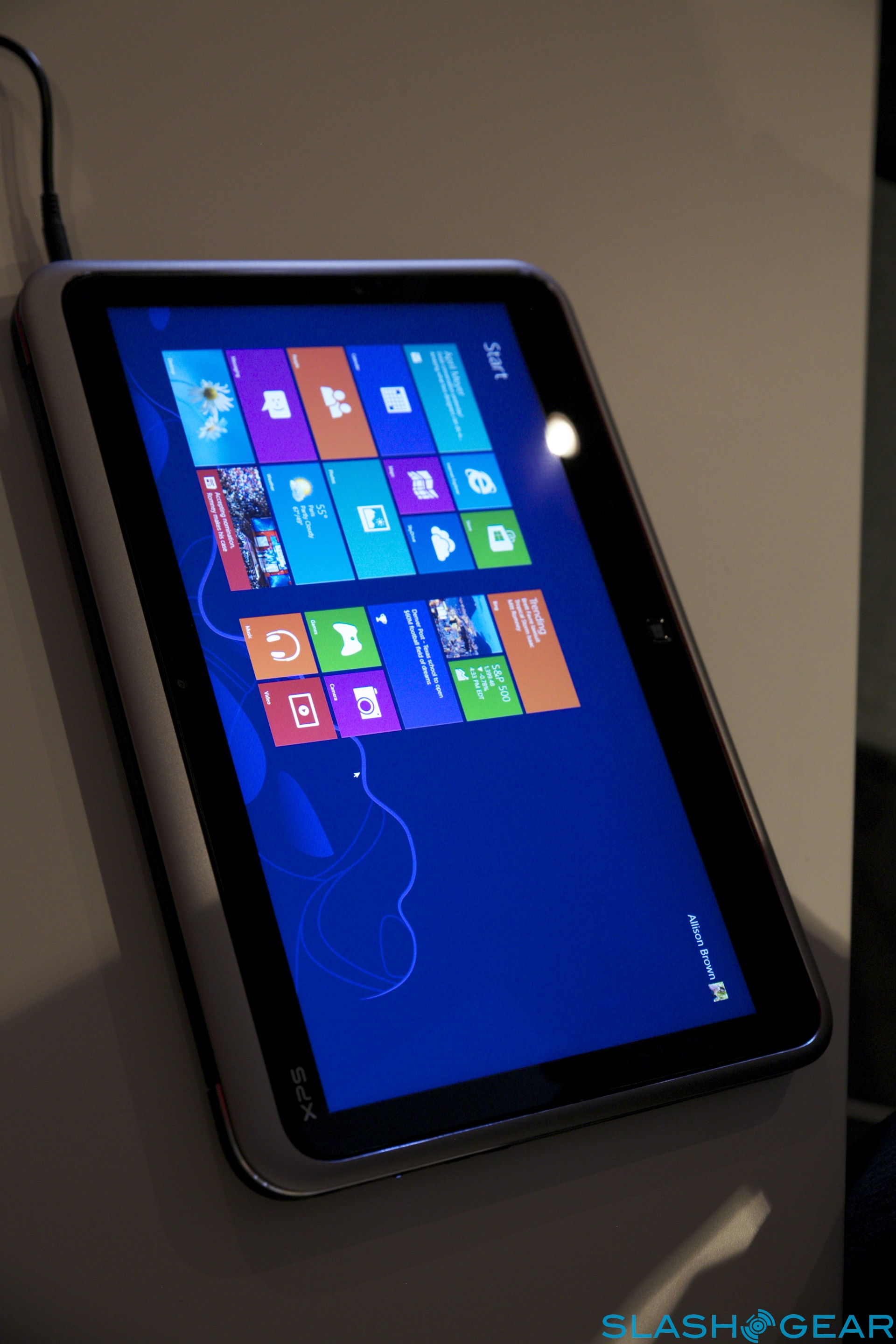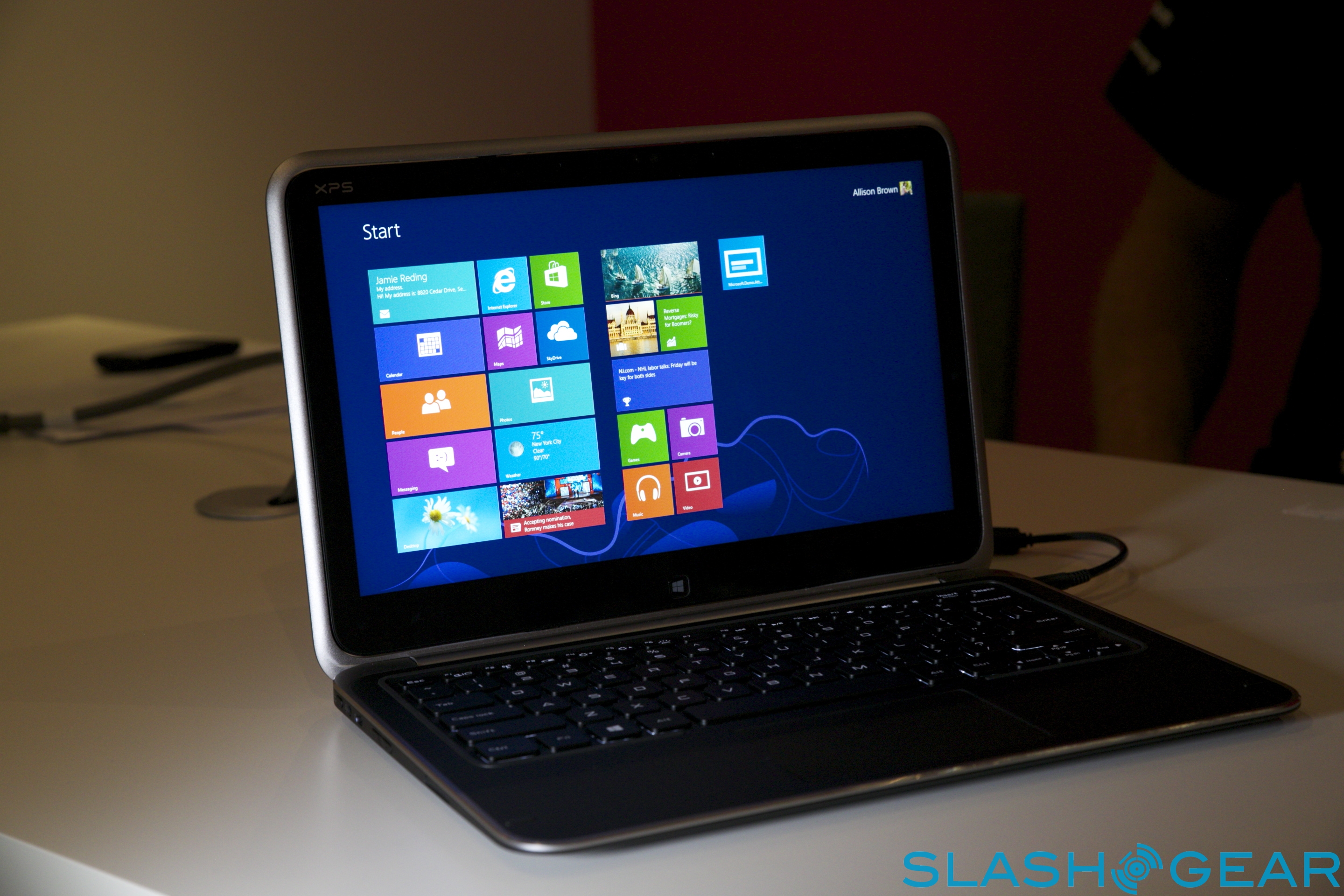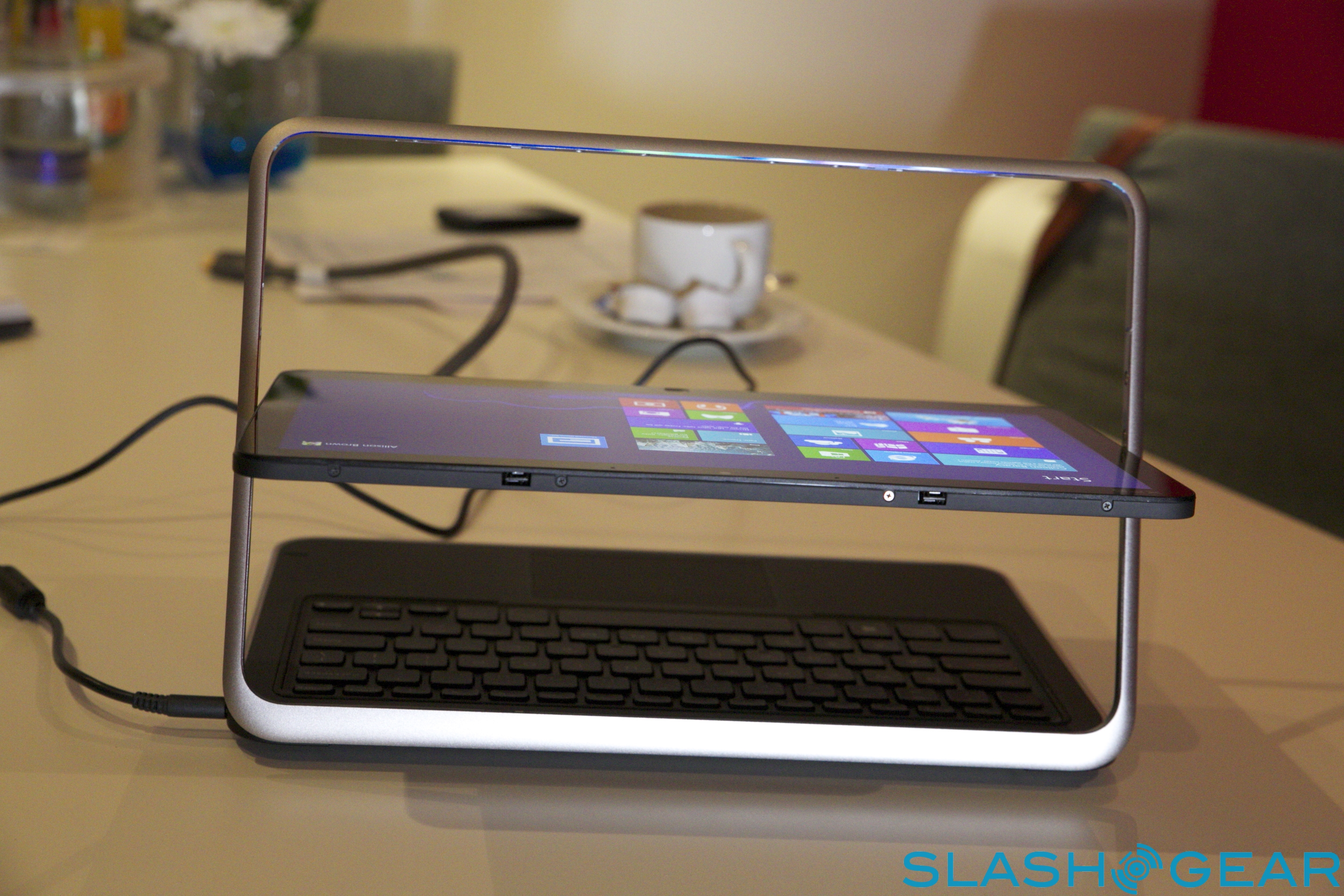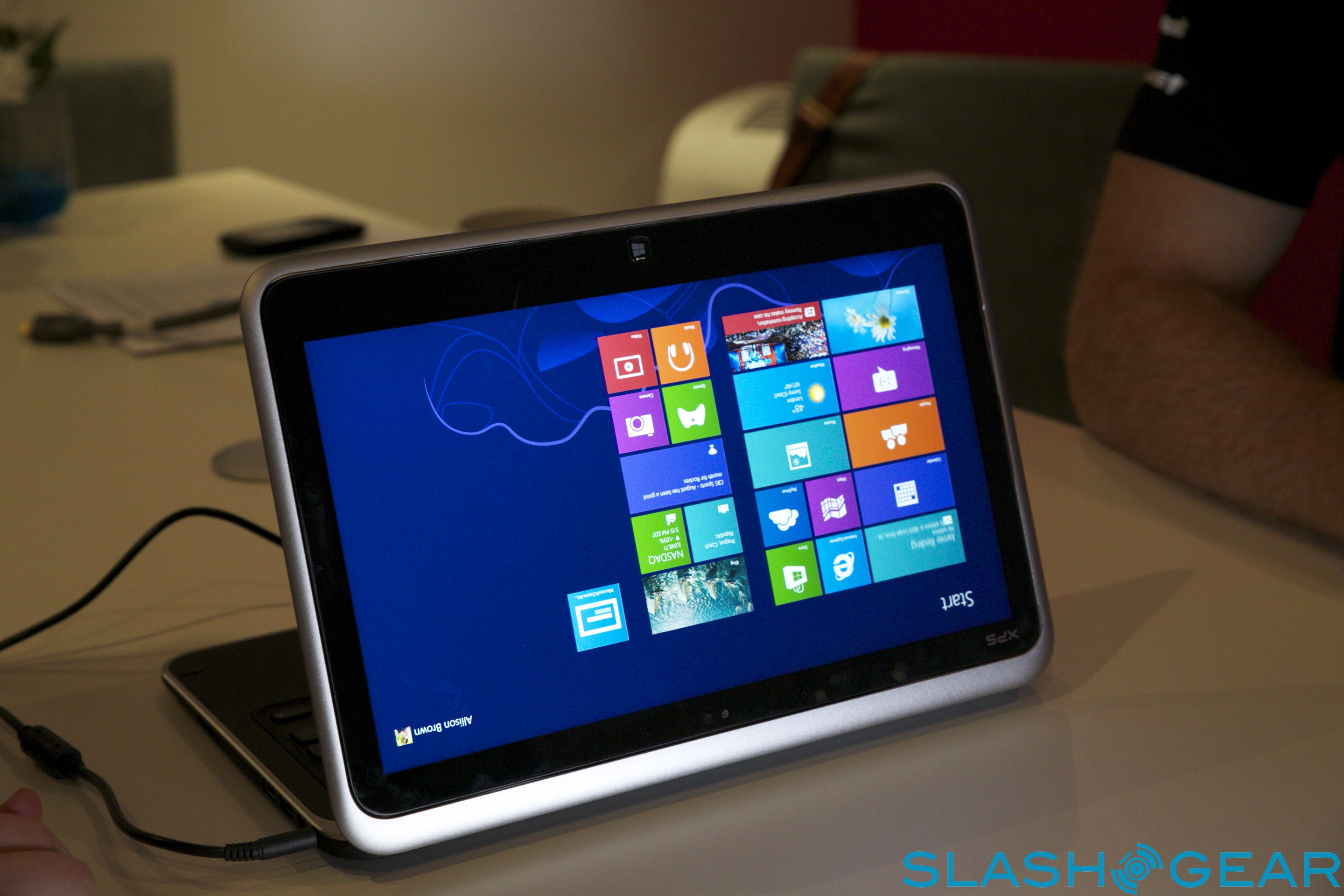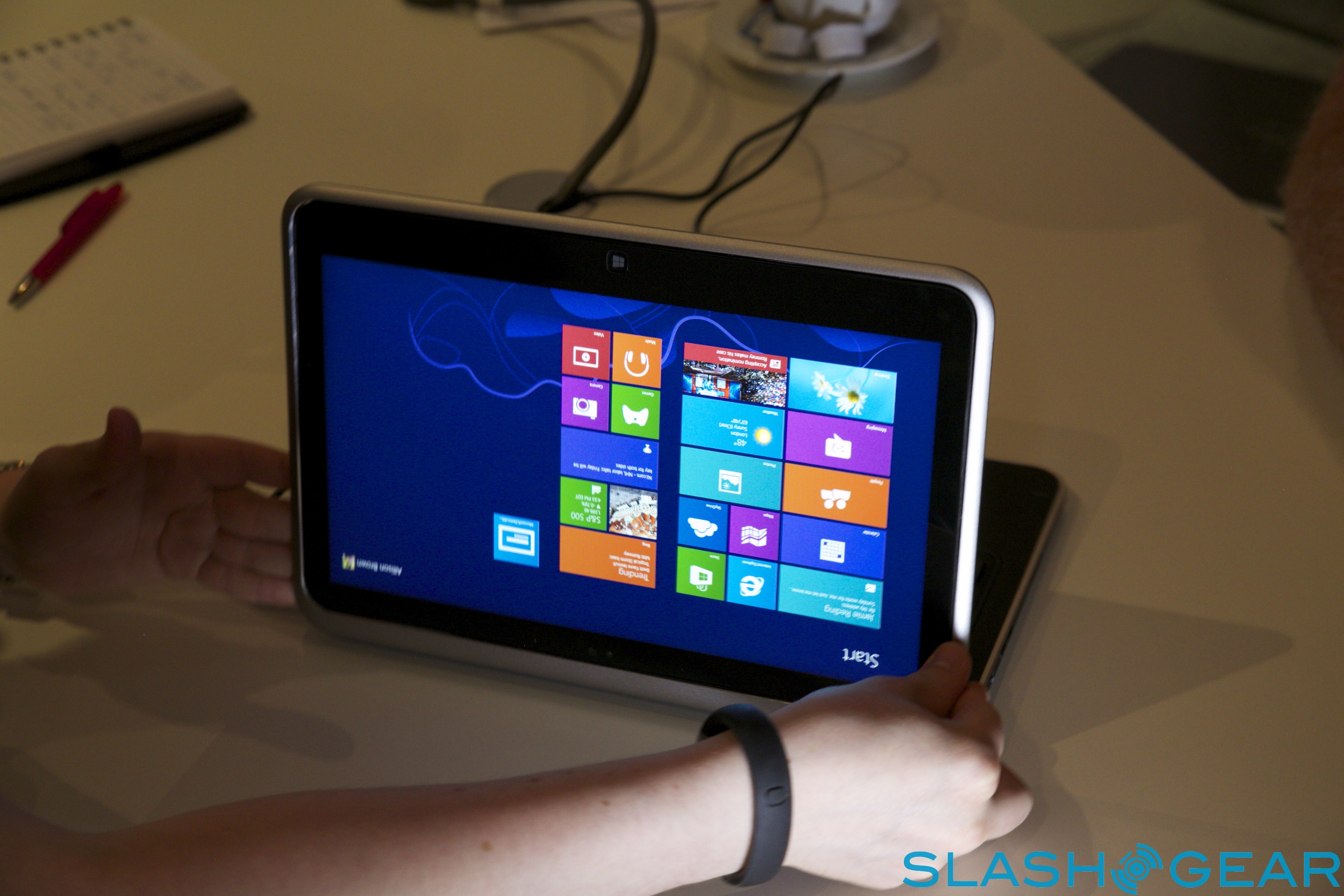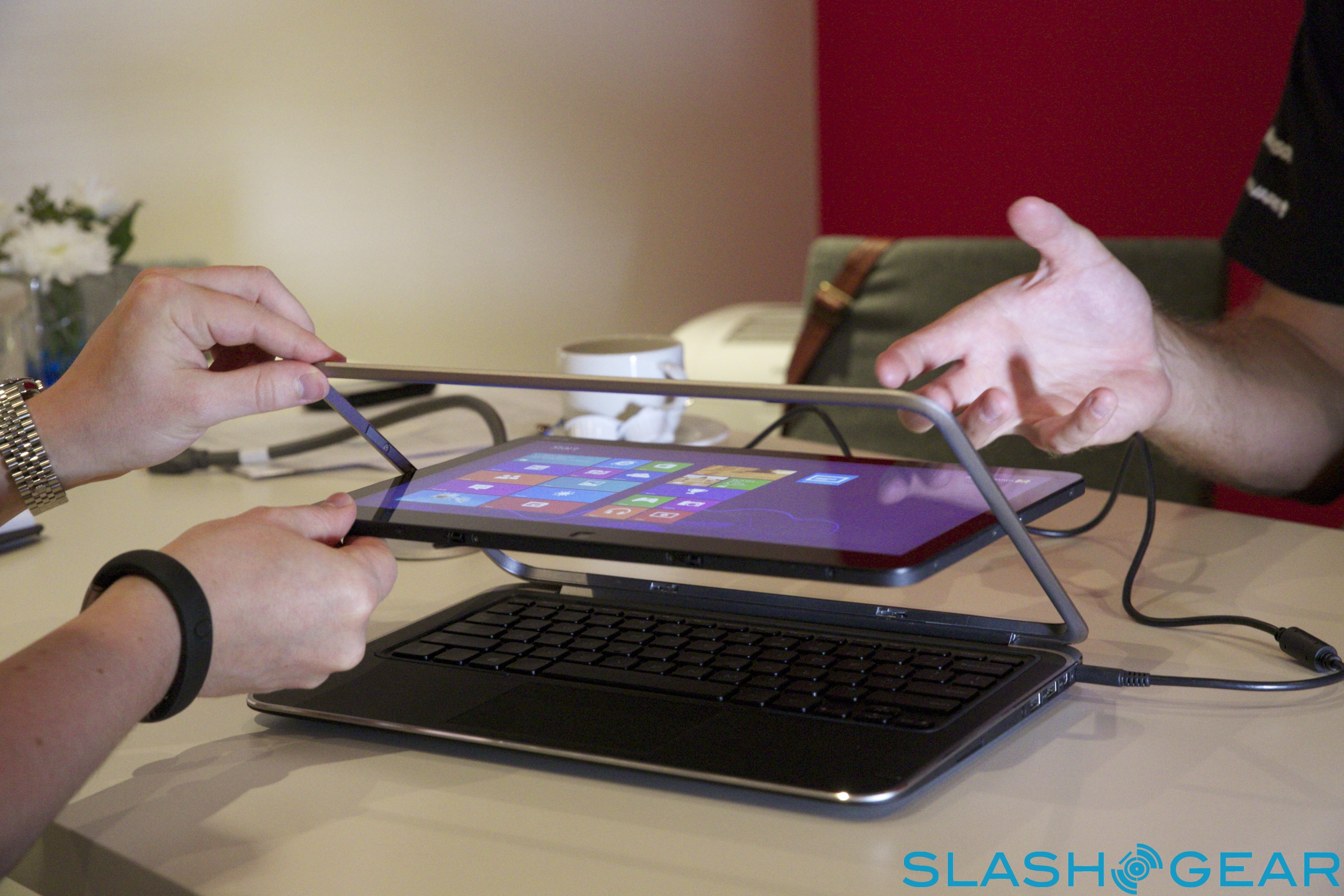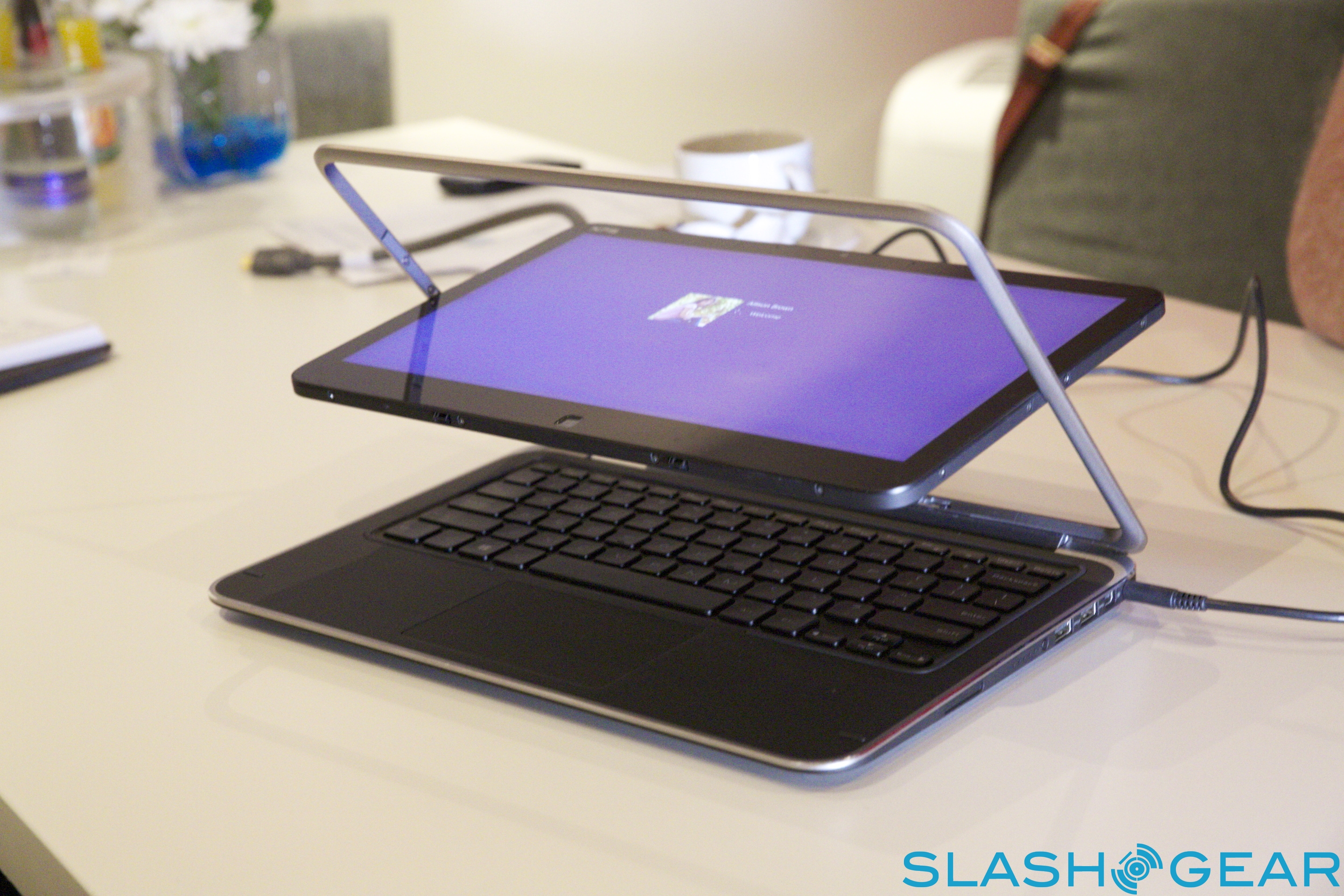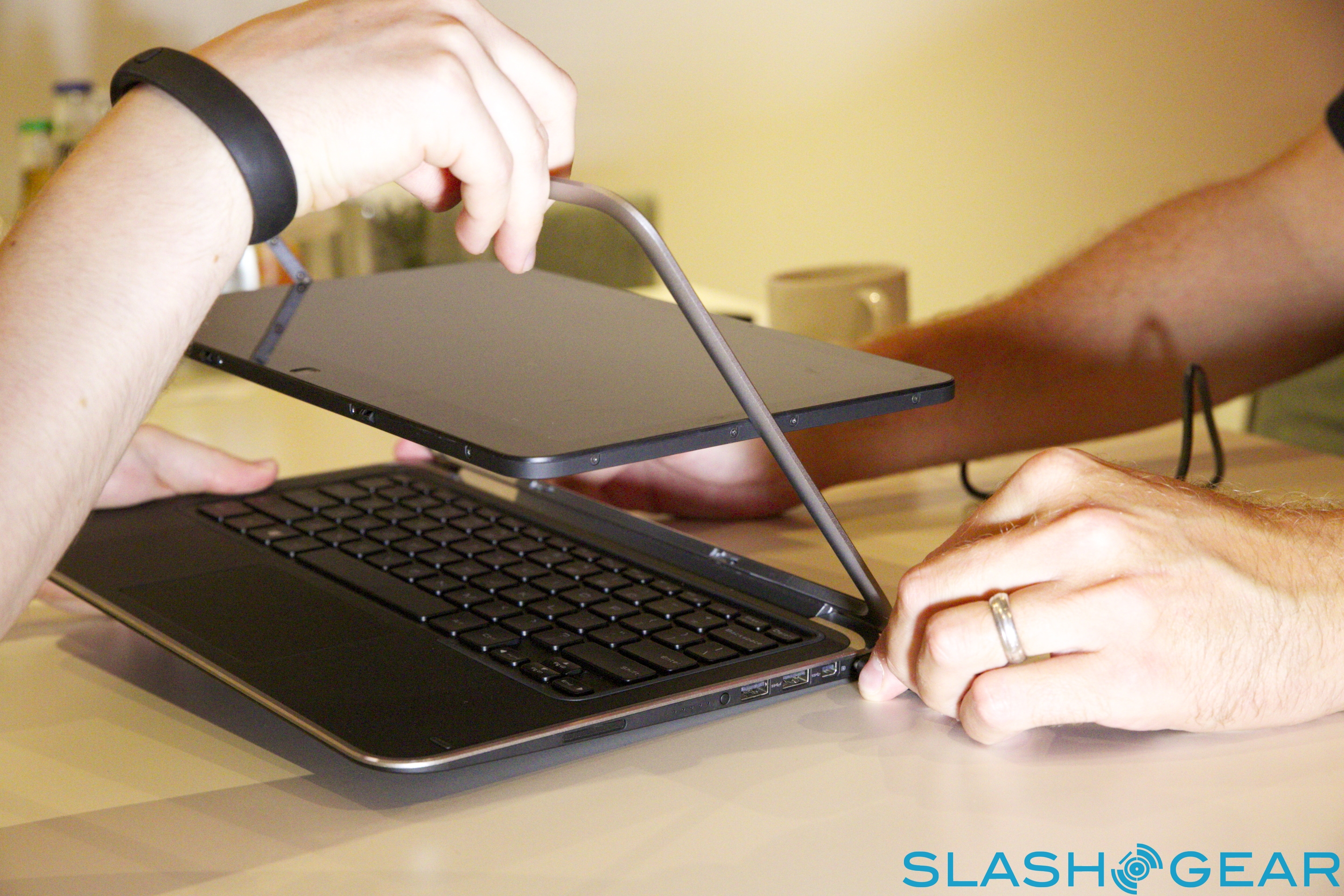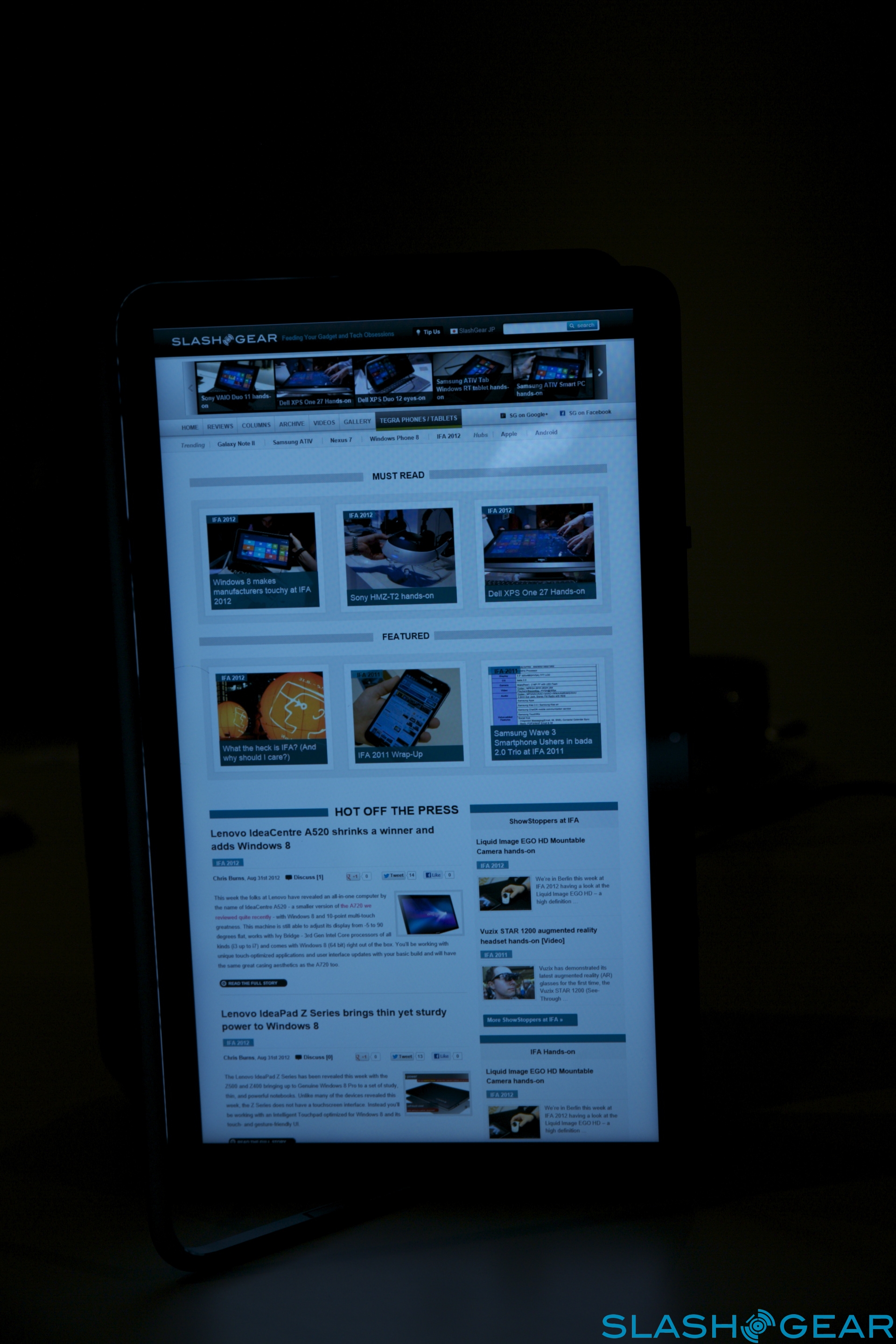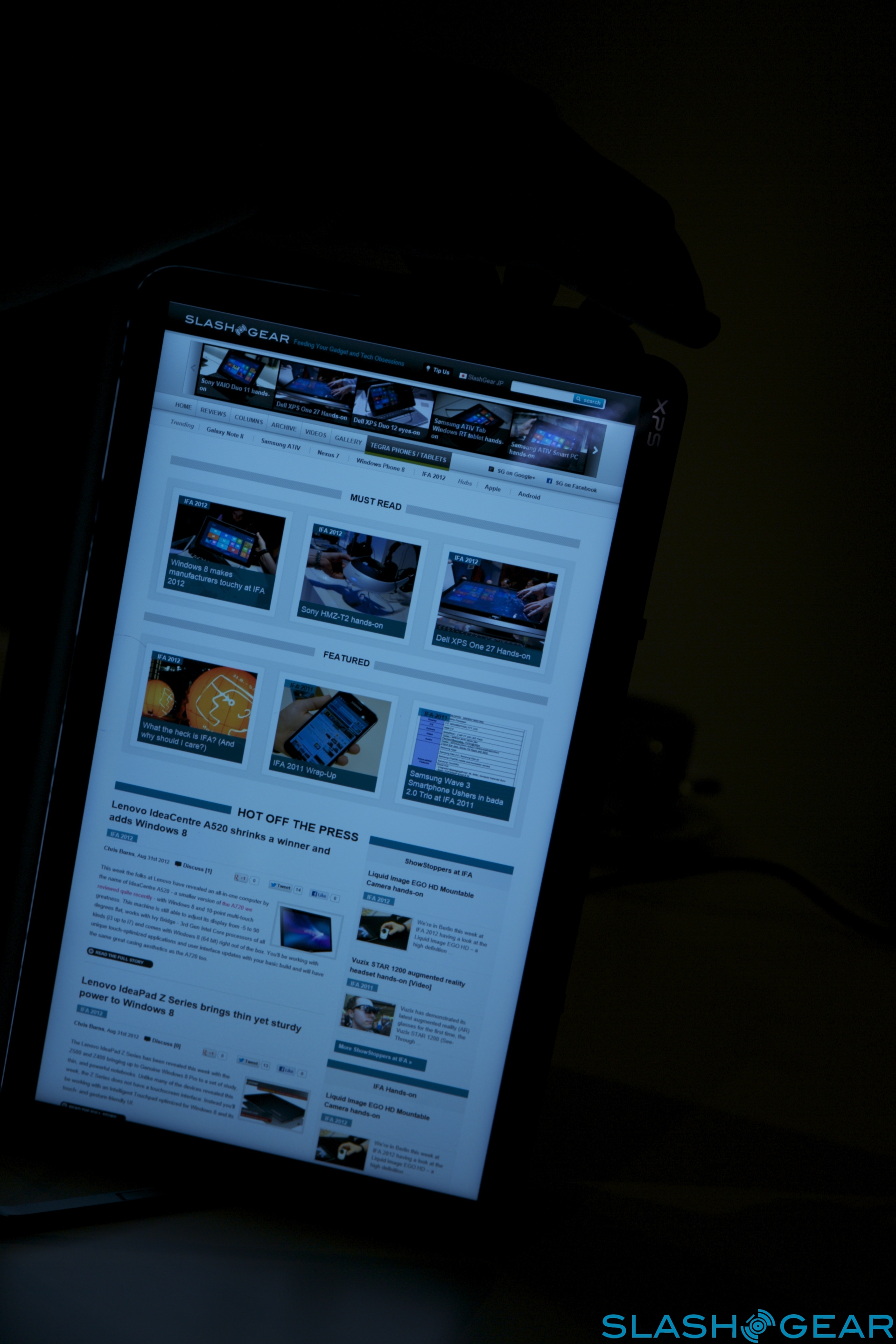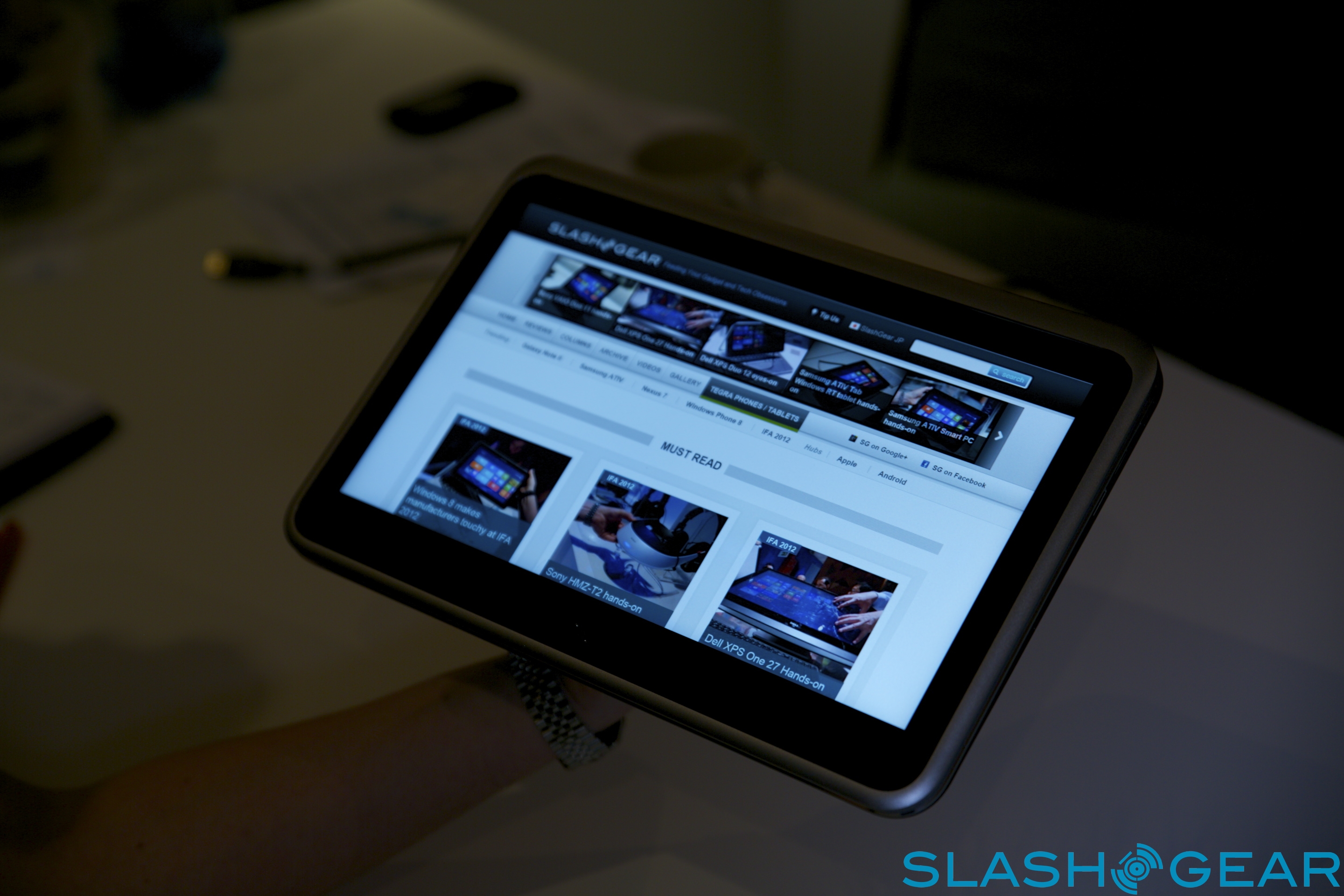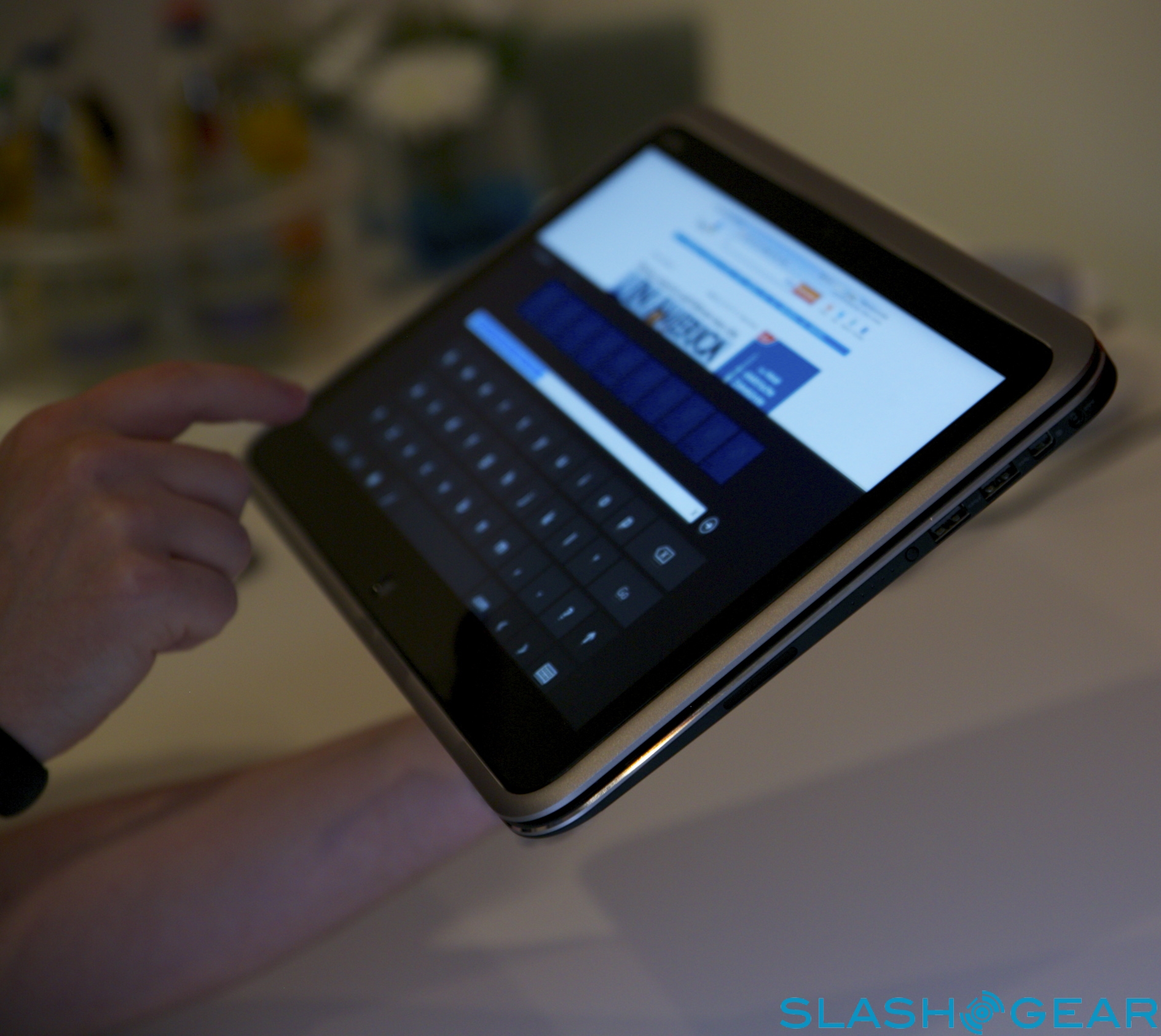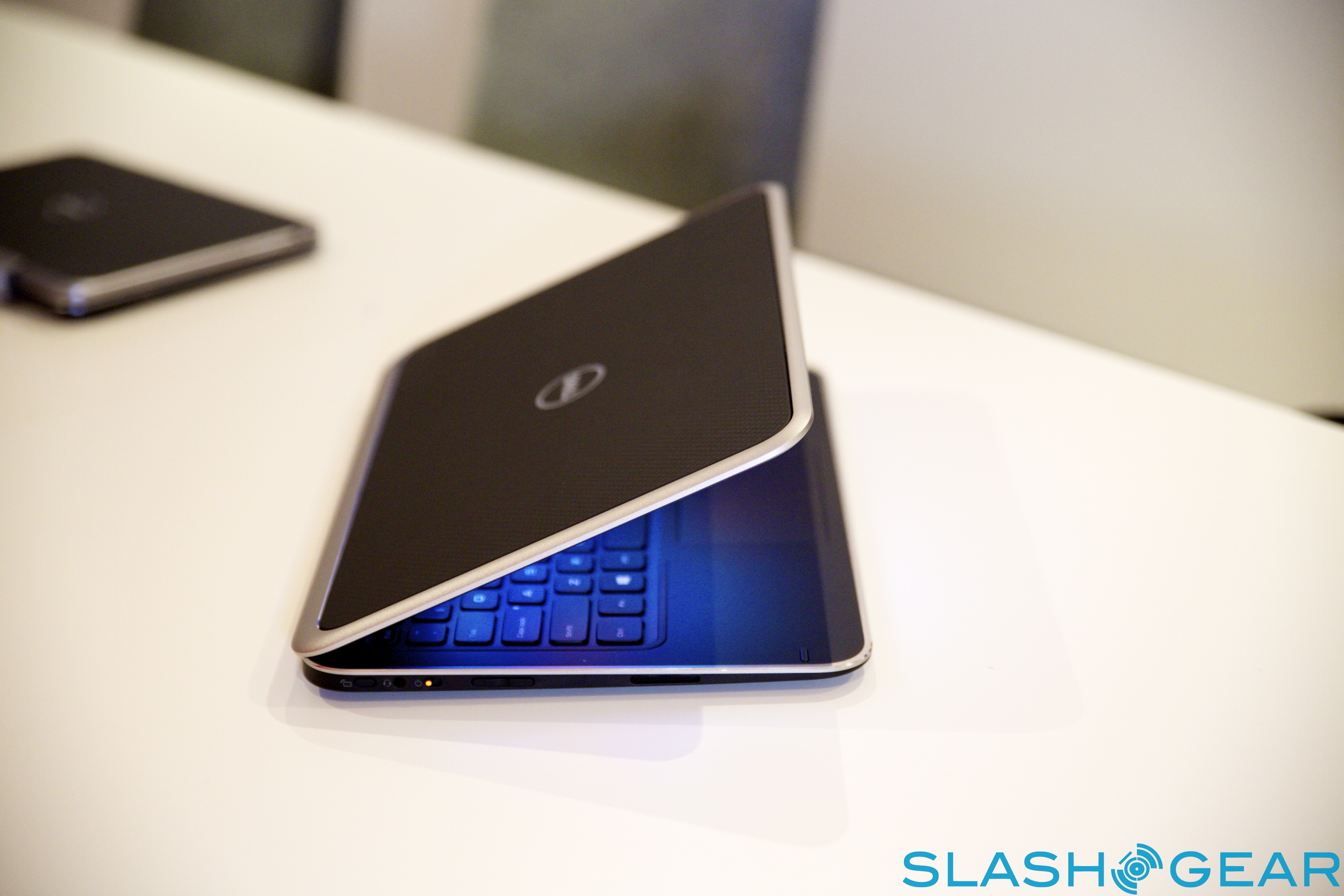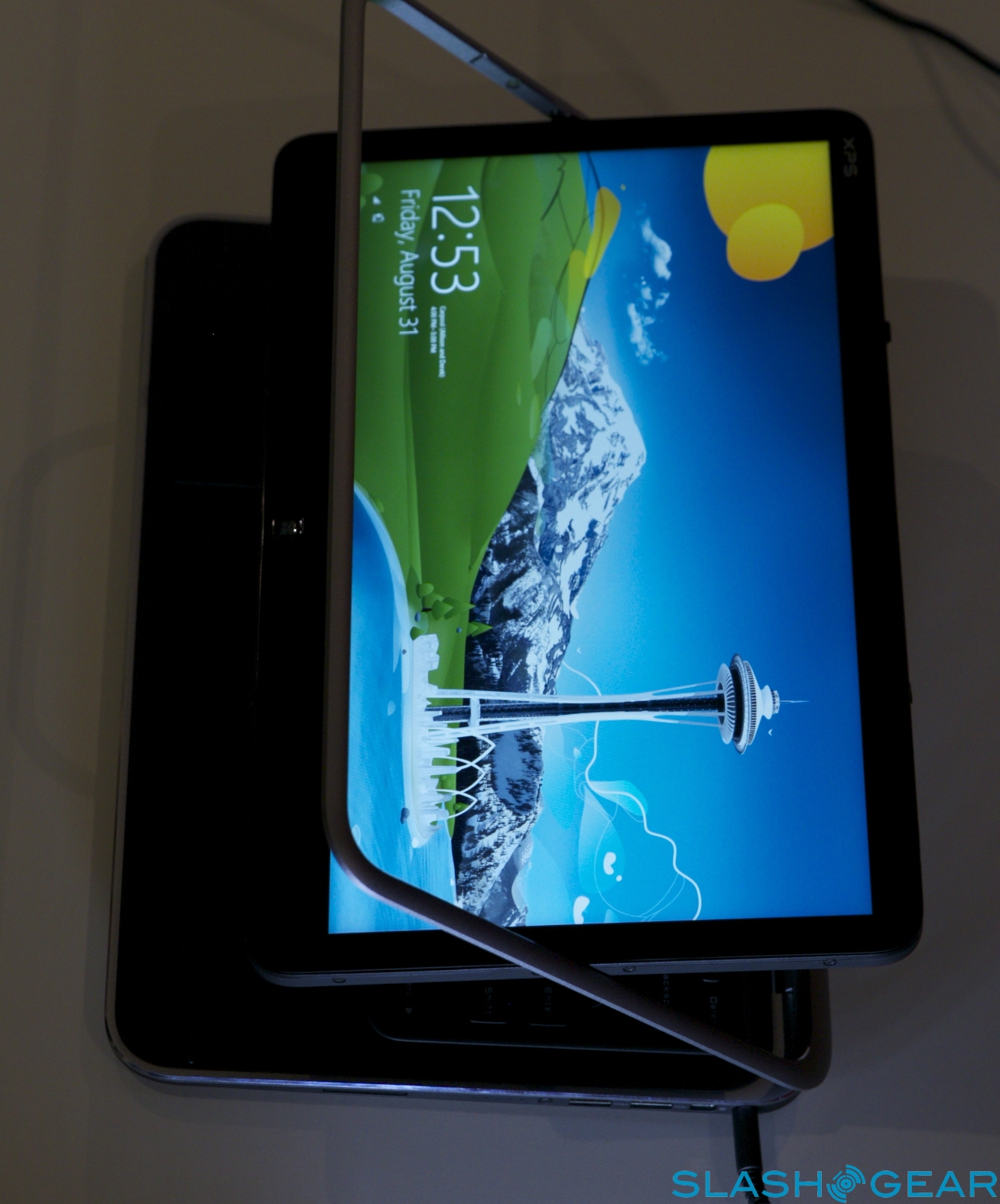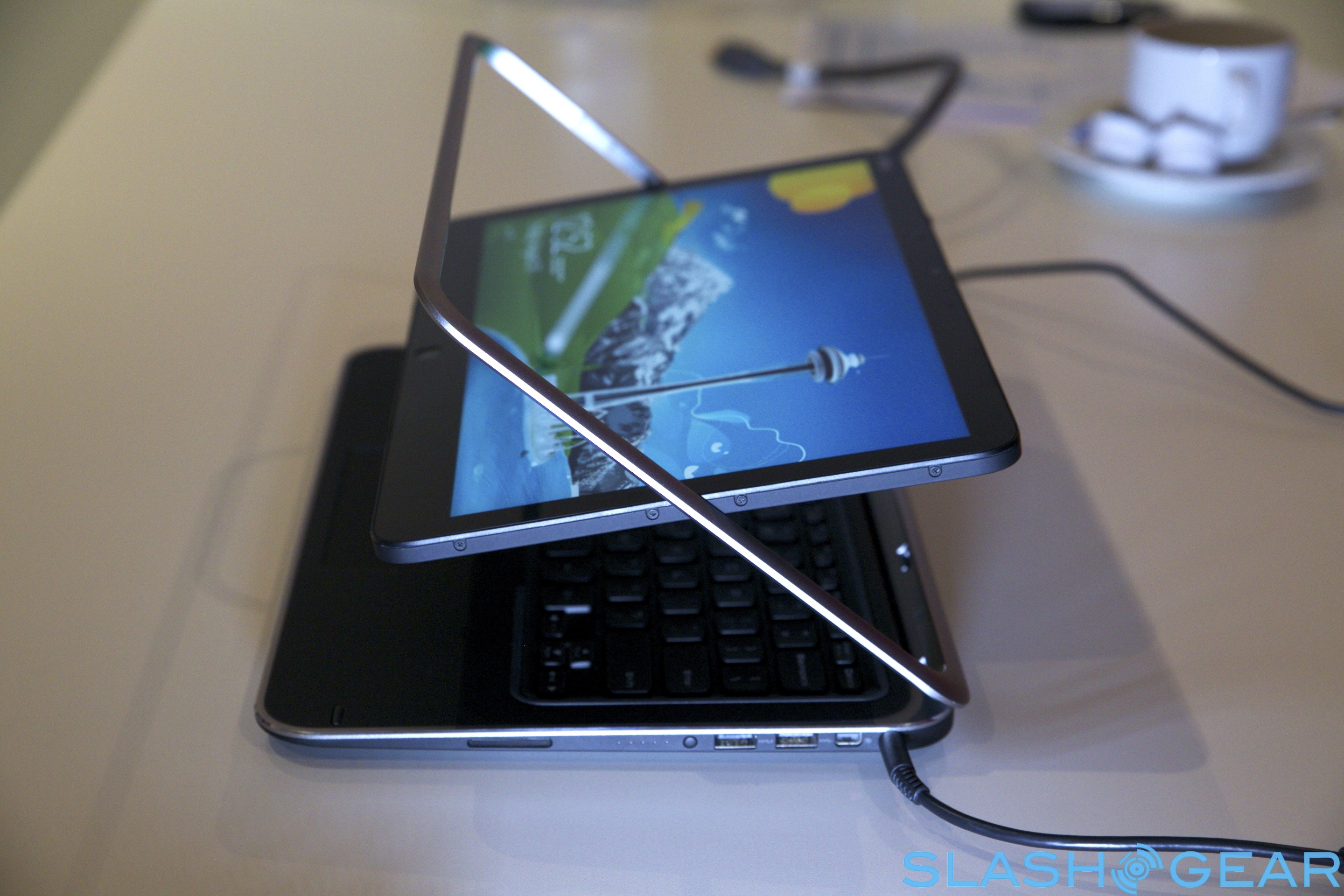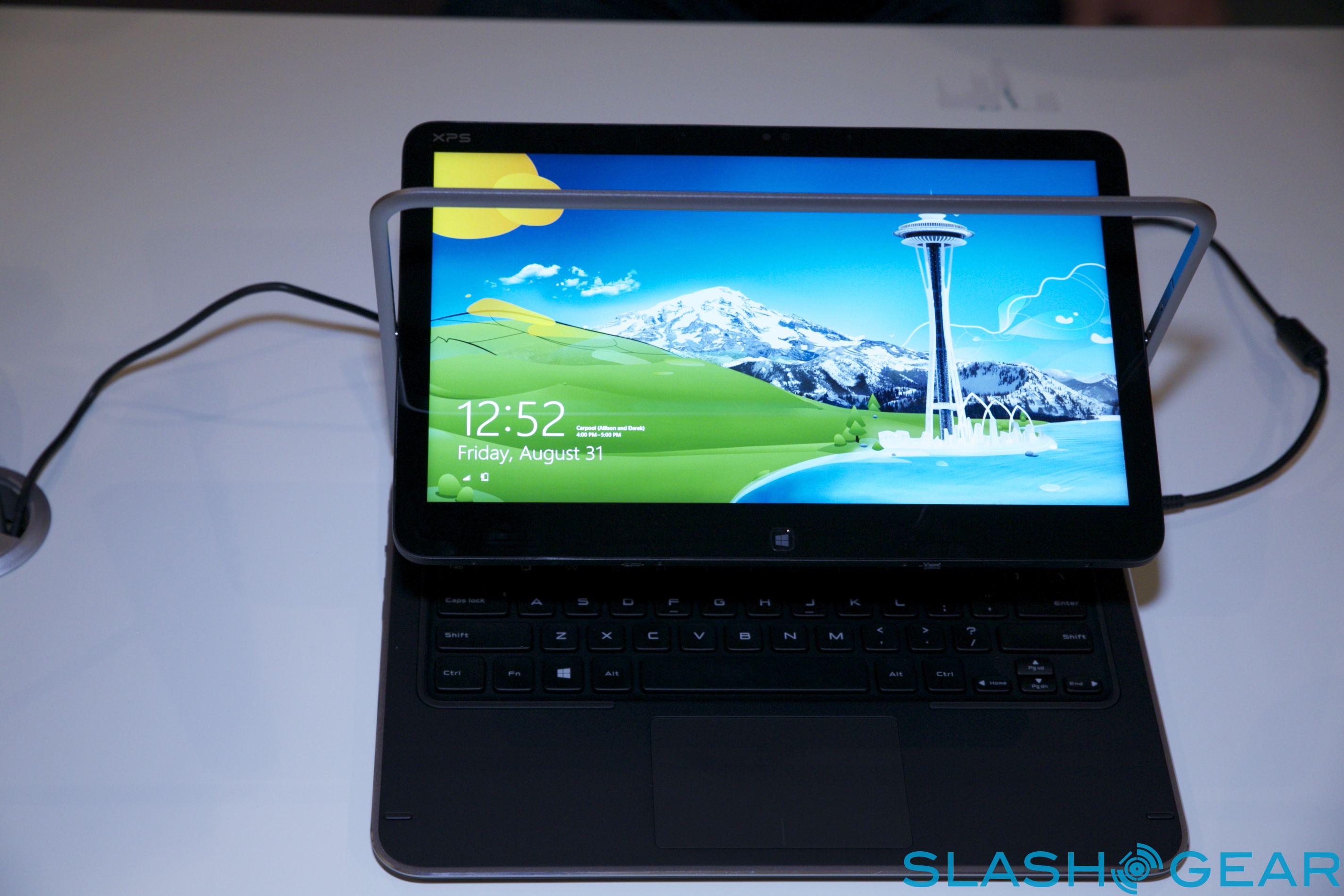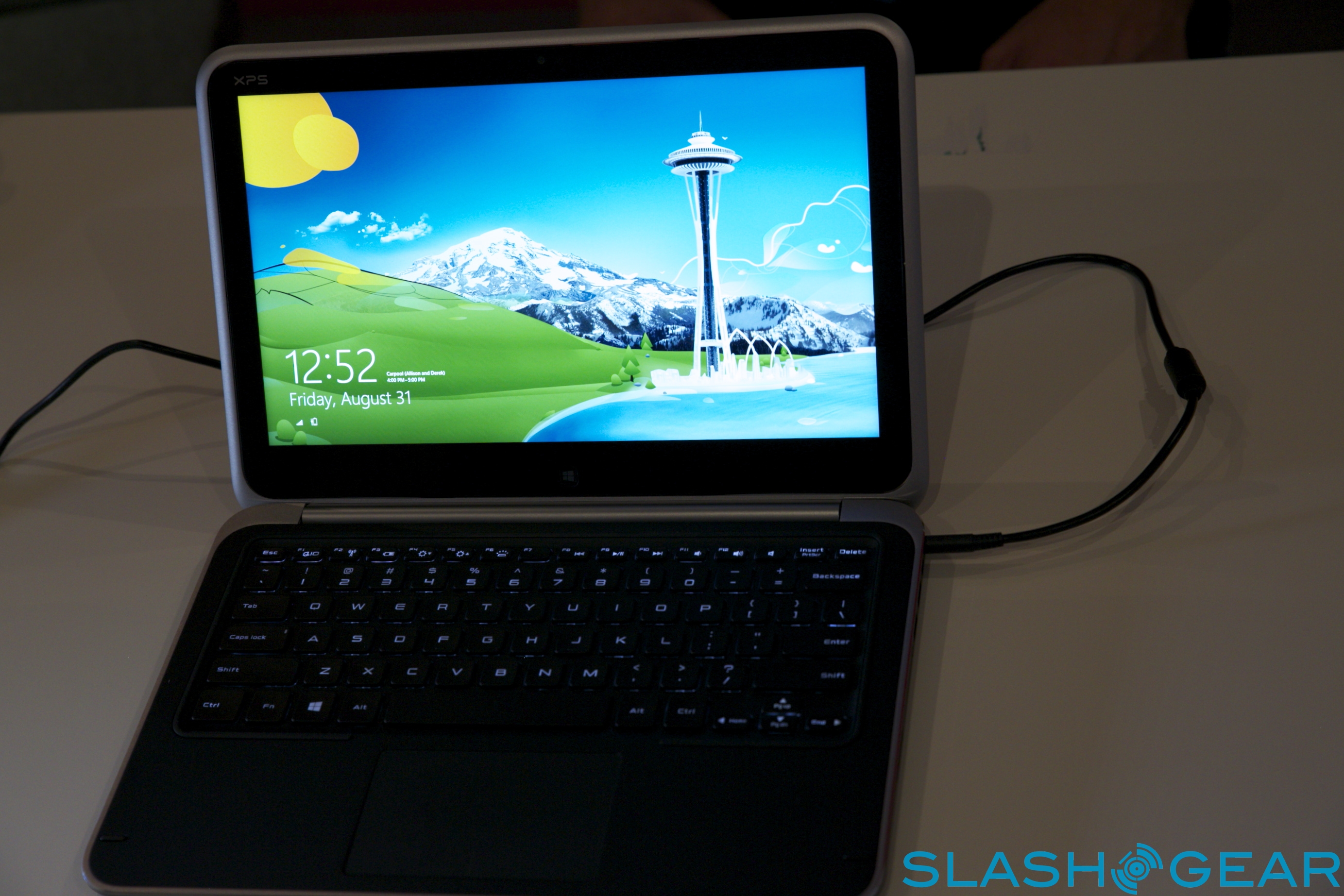Dell XPS Duo 12 Hands-On
Windows 8 notebooks and tablets have come in all form-factors at IFA, but Dell's XPS 12 Duo is – with its rotating display – perhaps the most eye-catching of the bunch. Dell kept the 12-inch ultrabook behind glass after its initial launch, but we caught up with the company for some hands-on playtime. The takeaway is simple: the XPS 12 Duo takes the concept of the old Inspiron Duo and polishes it to the point where it's ready for primetime. Read on for our first impressions.
Where other Windows 8 tablets go for the docking-slate approach, pairing a lightweight tablet with a removable keyboard, the XPS 12 Duo is a full ultrabook that can double as a tablet with the flip of a screen. The original Inspiron Duo was a great idea but poor in delivery: it was too thick, underpowered, ran an OS that wasn't ready for touchscreen use, and had too small a display that ended up dwarfed by its oversized bezels.
In contrast, Dell has used premium magnesium alloy for the screen bezel: that means it can be significantly thinner than before, despite showing no flex whatsoever. Enclosed inside it there's a Full HD touchscreen that magnetically clings into either front- or rear-facing orientation; it's backed with a sheet of carbon-fiber for resilience without weight or bulk.
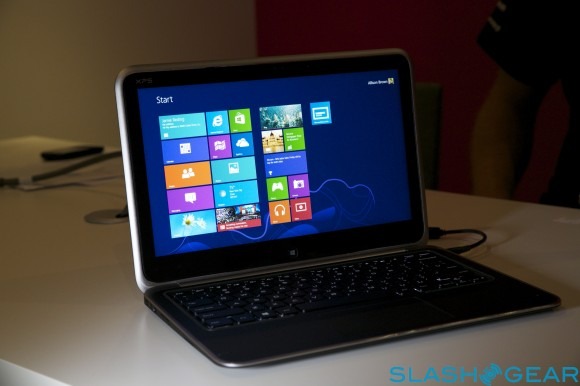
We can't talk about exact specifications, nor when exactly the XPS 12 Duo will hit the market, but we'd expect Dell to want to join the rush of firms releasing Windows 8 hardware around the end of October. What we can say is how well the new Dell works as both a notebook and a tablet. In the former orientation, the 12-inch form factor means the backlit keyboard is spacious enough – and has enough key-travel – for touch-typing, and has great feel. There's also room for a good sized trackpad for when you don't want to reach up to the screen.
A little pressure in the upper corner of the display, and it rotates smoothly and magnetically clips into place facing the other way. Close the lid, and you've got a tablet; it's obviously heavier than a slate-only device, such as Apple's new iPad, but then you also get a larger display. That delivers 400nit brightness, too, and is incredibly detailed and clear (so bright, indeed, it was difficult to photograph): websites look great (and you can use multitouch gestures to navigate them, of course) as does text whether you're using the XPS 12 Duo as an ereader flipped into portrait orientation, or for creating content in apps like Word or PowerPoint. Keep the screen in tablet mode but leave the lid open, meanwhile, and you can use the XPS 12 Duo for presentations, controlling them from behind the display.
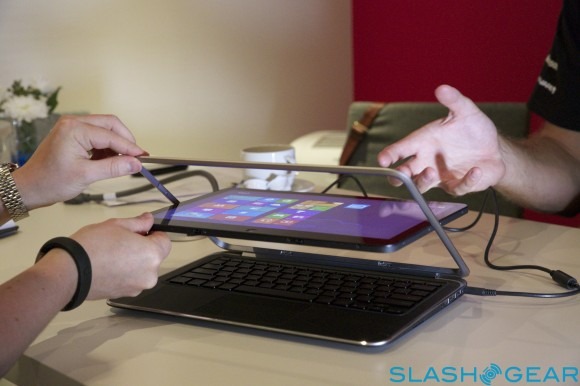
Dell's compromise – or that of the XPS 12 Duo's end user – is of weight, convenience and power. The convertible ran smoothly, despite crunching high-resolution graphics, while we used it, though its heft is more akin to an ultrabook than a true tablet. Those looking to carry it around in slate orientation will need to accept that there are concessions to be made if you want instant access to a decent keyboard.
Pricing will play a huge role, but with Dell positioning the XPS 12 Duo as a premium model (and having the smaller, dockable XPS 10 for those looking for a more mainstream Windows tablet implementation) all this slick hardware probably won't come cheap. Still, for those wanting to make the most of Windows 8's touch capabilities without giving up on notebook flexibility, it's shaping up to be a strong (if niche) contender.

